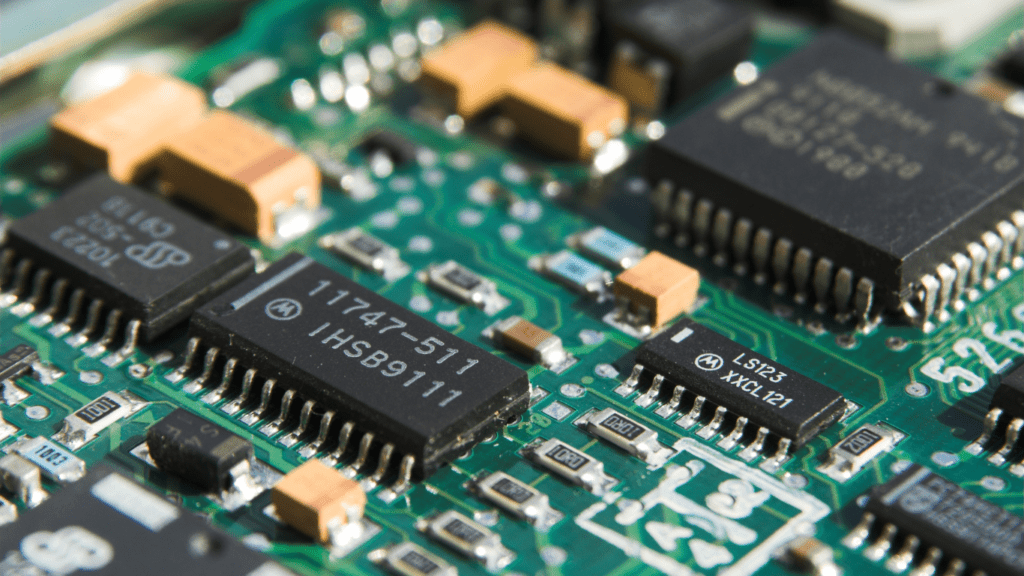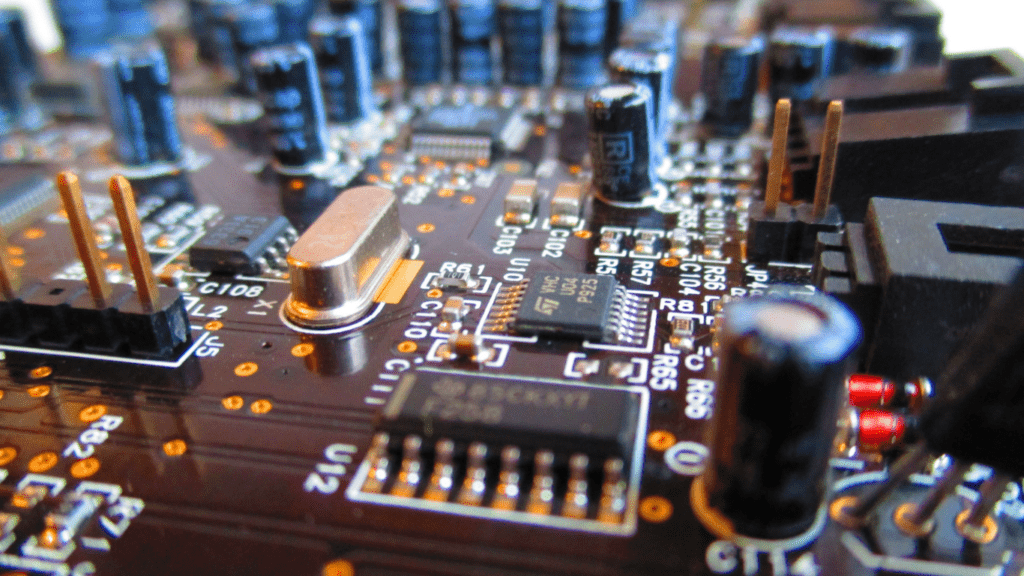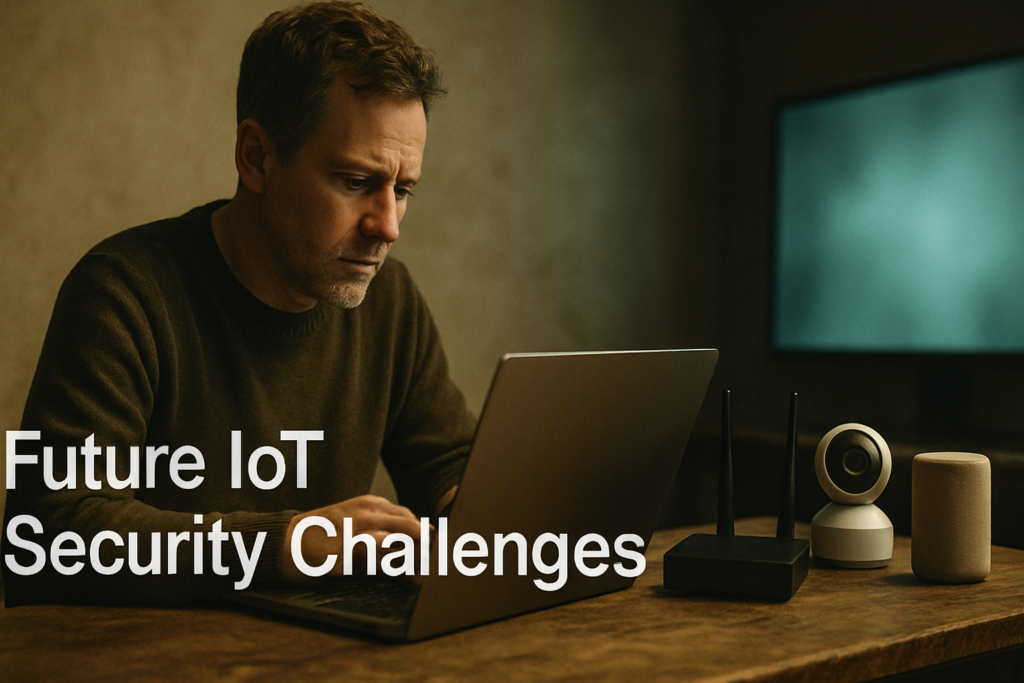Exciting advancements are shaping the landscape of IoT for 2024. As I delve into the latest innovations, it’s clear that IoT is revolutionizing how we interact with technology. From smart homes to industrial automation, the possibilities seem limitless. In this article, I’ll explore the cutting-edge trends and technologies driving the IoT industry forward.
The fusion of artificial intelligence and IoT is creating intelligent systems that adapt and learn in real-time. As I uncover the trends defining IoT in 2024, it’s evident that data security and privacy remain key concerns. Stay tuned as I reveal how these innovations are reshaping our world and what the future holds for IoT enthusiasts.
Overview of IoT in 2024
Entering 2024, IoT continues to redefine the technological landscape, offering innovative solutions that enhance connectivity and automation across various sectors. IoT’s integration with artificial intelligence propels the development of smart systems capable of real-time learning and adaptation. The significance of prioritizing data security and privacy remains paramount as these advancements revolutionize how individuals interact with technology. The evolution of IoT in 2024 promises groundbreaking transformations, shaping a future where intelligent devices and seamless connectivity drive unprecedented efficiency and convenience.
Cutting-Edge IoT Devices
As we explore the realm of cutting-edge IoT devices in 2024, we witness a remarkable evolution in technology trends that optimize connectivity and efficiency.
Smart Home Gadgets
Innovative smart home gadgets are revolutionizing the way we interact with our living spaces. Devices like smart thermostats, intelligent lighting systems, and voice-activated assistants are streamlining daily tasks and enhancing overall convenience. The integration of IoT technology allows these gadgets to communicate seamlessly with each other, creating a cohesive and interconnected smart home ecosystem.
Wearable Technology Advancements
Wearable technology has seen significant advancements in 2024, with IoT playing a central role in enhancing the capabilities of these devices. From smartwatches that monitor vital signs in real-time to fitness trackers that analyze performance metrics, wearable IoT devices are empowering users to take control of their health and well-being. The integration of IoT enables wearables to provide personalized insights and recommendations based on collected data, ultimately leading to a more proactive approach to health management.
IoT in Healthcare
In healthcare, IoT (Internet of Things) technologies are revolutionizing patient care and healthcare processes. Providers are leveraging IoT devices to monitor patient health in real-time, enabling proactive interventions and personalized treatment plans.
- Remote Patient Monitoring: One of the key applications of IoT in healthcare is remote patient monitoring. By using connected devices such as wearables and sensors, healthcare professionals can track vital signs, medication adherence, and overall wellness without the need for constant in-person visits.
- Smart Hospitals: IoT enables the creation of smart hospitals where interconnected devices and systems improve operational efficiency and patient outcomes. From automated inventory management to monitoring equipment performance, IoT solutions streamline processes and enhance the quality of care.
- Health Data Analytics: IoT generates vast amounts of data that can be analyzed to extract valuable insights. By harnessing this data through advanced analytics, healthcare providers can make informed decisions, predict trends, and customize treatment plans for better outcomes.
- Telemedicine: IoT facilitates telemedicine by enabling virtual consultations, remote diagnosis, and digital health records. Patients can receive medical advice and follow-up care from the comfort of their homes, reducing the need for physical visits and improving access to healthcare services.
- IoT-enabled Medical Devices: The integration of IoT in medical devices such as smart inhalers, insulin pumps, and monitoring systems allows for better disease management and improved patient compliance. These devices can remotely transmit data to healthcare providers, enabling timely interventions and personalized care.
By embracing IoT innovations in healthcare, we are witnessing a transformative shift towards proactive, data-driven patient care and operational excellence in the healthcare industry. As IoT continues to evolve, it holds the promise of enhancing efficiency, improving outcomes, and ultimately shaping a more connected and patient-centric healthcare ecosystem.
Industrial IoT Solutions
Innovations in Industrial IoT (IIoT) solutions are revolutionizing the manufacturing and production processes across various industries. I’ll highlight how Industrial IoT technologies are enhancing operational efficiency, predictive maintenance, and overall productivity in the industrial sector.
- Predictive Maintenance: Industrial IoT enables predictive maintenance strategies by utilizing real-time data from sensors installed in machinery and equipment. This data allows for the prediction of potential failures before they occur, reducing downtime and maintenance costs significantly.
- Asset Tracking and Management: With Industrial IoT solutions, companies can track and manage their assets more effectively. By using sensors and connectivity, businesses can monitor the location, condition, and performance of their assets in real-time, leading to improved maintenance schedules and operational efficiency.
- Smart Sensors and Actuators: IoT devices with smart sensors and actuators play a crucial role in automating processes and optimizing industrial operations. These sensors collect data on temperature, pressure, humidity, and other variables, enabling real-time adjustments to ensure optimal performance.
- Energy Management: Industrial IoT solutions help companies optimize their energy consumption by monitoring and analyzing energy usage in real-time. By identifying energy inefficiencies and implementing energy-saving measures, organizations can reduce costs and minimize environmental impact.
- Supply Chain Optimization: IoT technologies facilitate end-to-end visibility in the supply chain, allowing businesses to track inventory, shipments, and deliveries accurately. This transparency enhances supply chain efficiency, reduces lead times, and improves overall customer satisfaction.
- Worker Safety: Industrial IoT devices enhance worker safety by monitoring environmental conditions, detecting potential hazards, and providing real-time alerts in case of emergencies. This proactive approach to safety significantly reduces the risk of accidents and ensures a secure working environment.
Industrial IoT solutions are driving digital transformation in the industrial sector by optimizing operations, ensuring asset reliability, and enhancing overall productivity. These innovations pave the way for a more connected and efficient industrial landscape, revolutionizing the way businesses operate and deliver value in the digital age.
Future Prospects of IoT
Expanding on the current trajectory of IoT technology, I foresee exciting advancements in various sectors as we move towards 2024. In the realm of smart homes, IoT will continue to streamline daily tasks and improve energy efficiency, leading to more sustainable living environments. Industrial automation will witness further optimization through IoT integration, enhancing operational processes and enabling predictive maintenance to reduce downtime and costs efficiently.
Moreover, in the healthcare industry, the future of IoT holds immense potential for real-time health monitoring and personalized treatment plans. Wearable devices powered by IoT will play a pivotal role in tracking vital signs, detecting anomalies early on, and promoting proactive healthcare management. This evolution in healthcare technology will not only benefit patients but also assist healthcare providers in delivering more effective and personalized care.
Looking ahead, the synergy between IoT and artificial intelligence will deepen, enabling devices to learn and adapt to user preferences autonomously. This blend of technologies will enhance the overall user experience, making smart devices more intuitive and responsive to individual needs.
The future prospects of IoT in 2024 are promising, with innovations poised to transform industries and enrich the daily lives of individuals worldwide. By leveraging the power of IoT technology, we are paving the way for a more interconnected, efficient, and intelligent future.


 Holly Keenstier is a crucial helper at The Code Crafters Hub, where her contributions significantly enhance the platform's capabilities. Keenstier's background in software development and her meticulous approach to project tasks have made her an integral part of the team. Her role involves various responsibilities, from aiding in technical troubleshooting to supporting content development, all of which are essential to maintaining the hub’s high-quality standards.
Keenstier’s dedication to The Code Crafters Hub is evident in her commitment to delivering relevant and insightful content. Her efforts help ensure that the platform remains a leading resource for the latest advancements in web development, game development, IoT, and cybersecurity. Based in Warren, MI, Keenstier’s work is instrumental in keeping the hub’s offerings dynamic and up-to-date.
Holly Keenstier is a crucial helper at The Code Crafters Hub, where her contributions significantly enhance the platform's capabilities. Keenstier's background in software development and her meticulous approach to project tasks have made her an integral part of the team. Her role involves various responsibilities, from aiding in technical troubleshooting to supporting content development, all of which are essential to maintaining the hub’s high-quality standards.
Keenstier’s dedication to The Code Crafters Hub is evident in her commitment to delivering relevant and insightful content. Her efforts help ensure that the platform remains a leading resource for the latest advancements in web development, game development, IoT, and cybersecurity. Based in Warren, MI, Keenstier’s work is instrumental in keeping the hub’s offerings dynamic and up-to-date.
